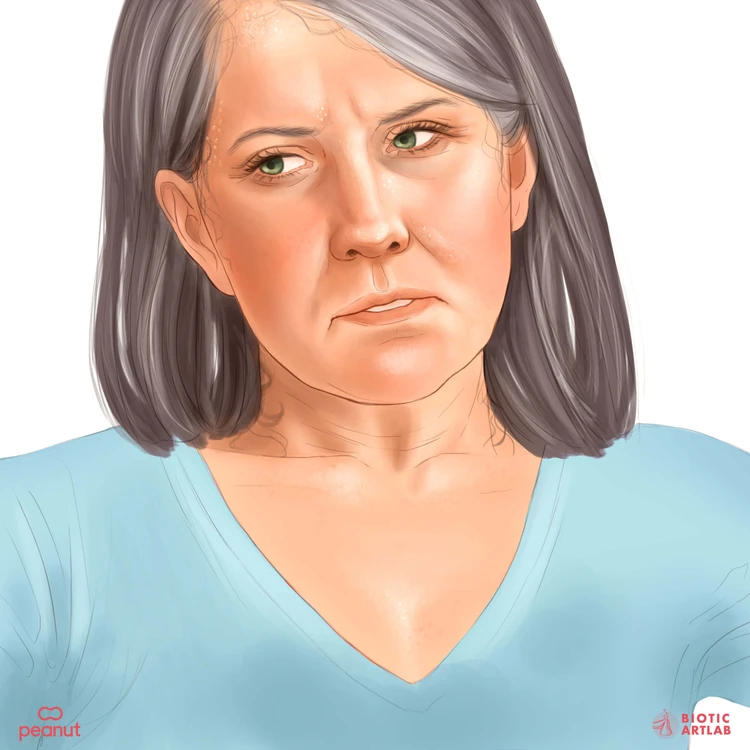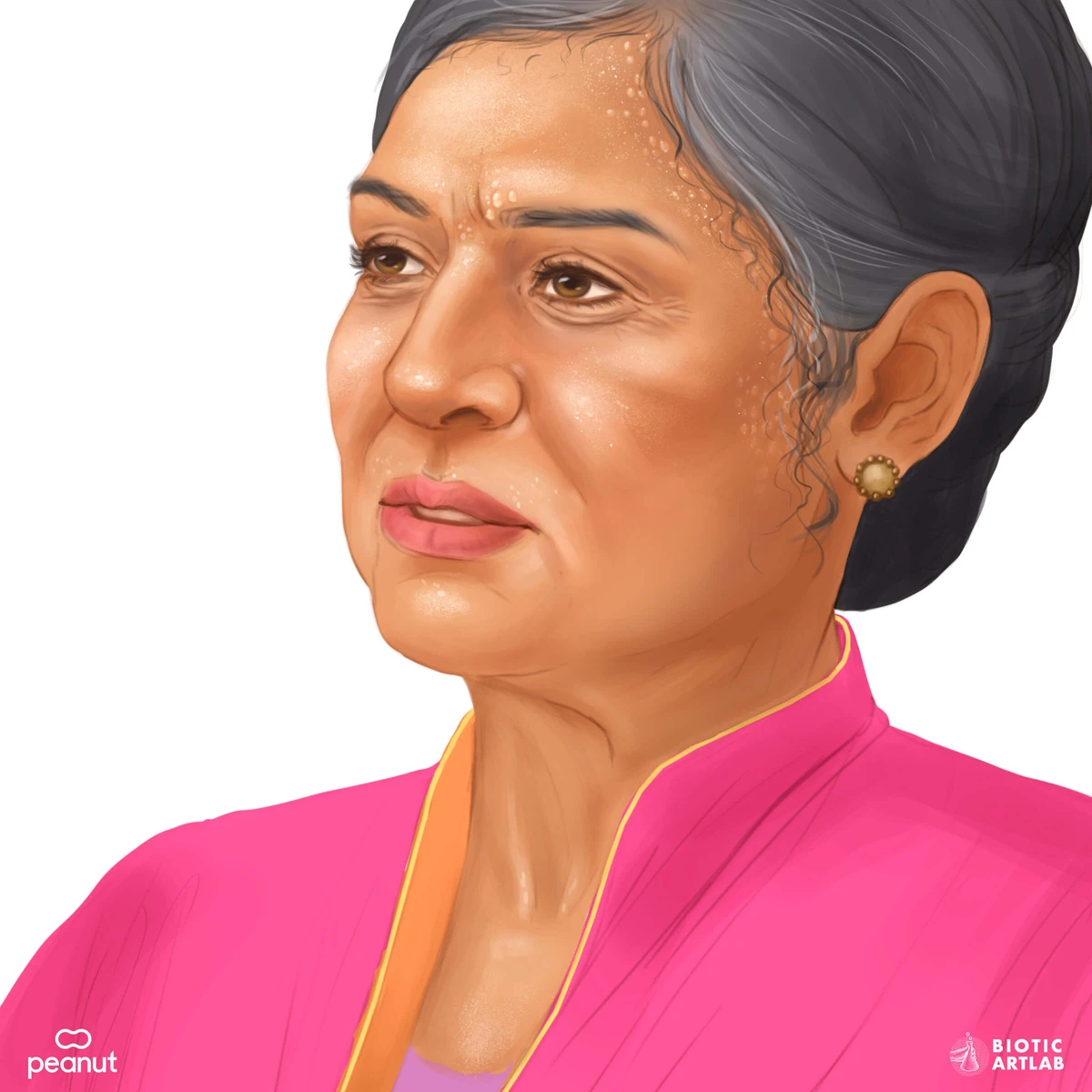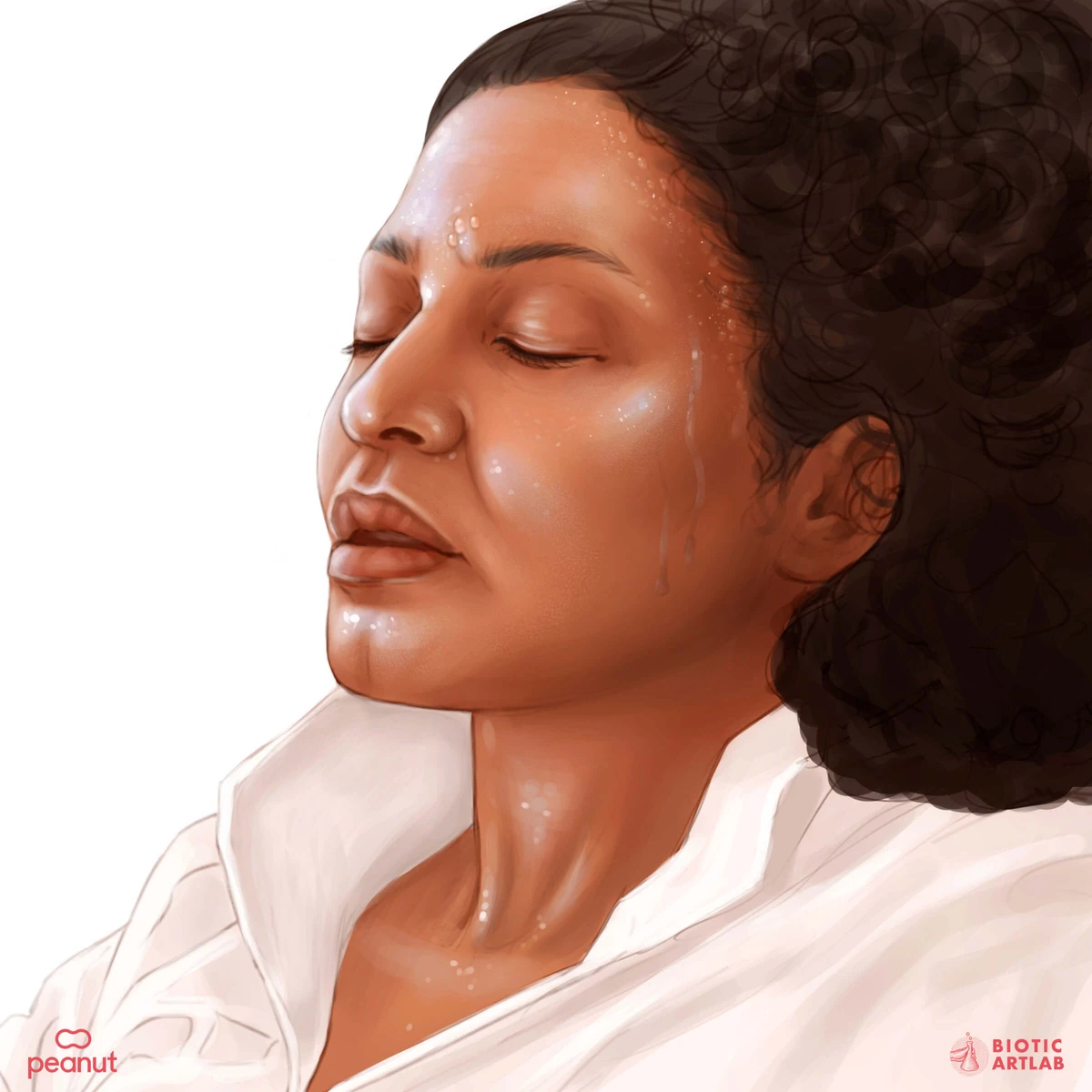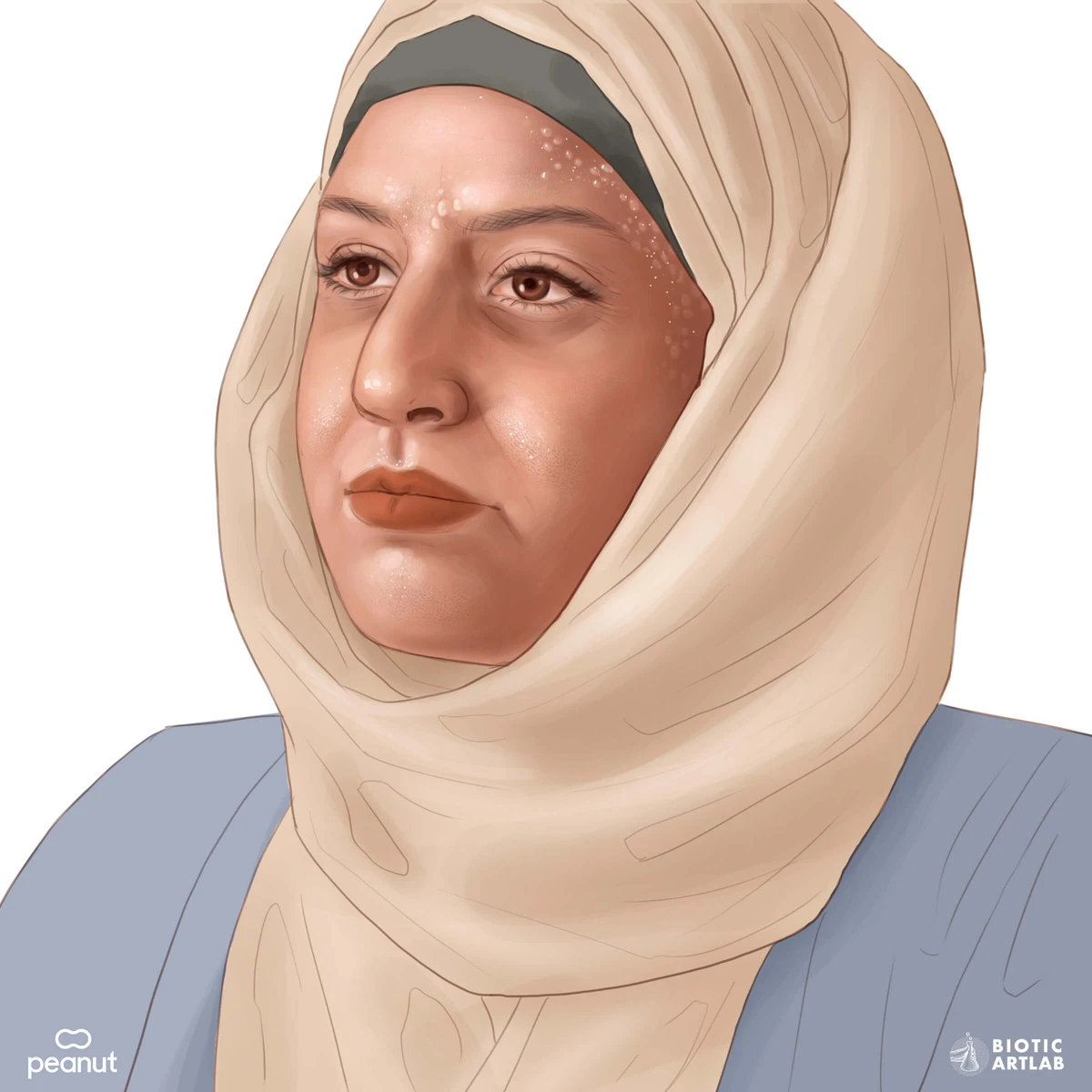If you’re having hot flashes, you’re part of a big club.
Over 75% of perimenopausal women in the United States report experiencing them.
But just because they are par for the menopausal course doesn’t make them any easier to deal with.
They can disrupt your day, get in the way of a good night’s sleep, and generally leave you feeling less than your best.
Luckily, there are some measures you can take to ease the burn.
So, let’s start from the beginning. What are hot flashes, what are the signs that you have them, and what can you do to keep your cool?
In this article: 📝
- What are hot flashes?
- At what age do hot flashes start?
- What causes hot flashes in menopause?
- What do hot flashes feel like?
- Are hot flashes dangerous?
- How long do hot flashes last?
- How many hot flashes per day is normal?
- How to stop hot flashes fast
What are hot flashes?
Hot flashes—typically associated with menopause and perimenopause—are heat surges that start in your face and spread through your body.
Also known as “power surges”, they commonly occur at night and can leave you waking up in a hot, sweaty mess. Fun, fun, fun.
Importantly, while they are common, not everyone experiences them in the same way. For some, the symptoms of hot flashes are mild. For others, they can be quite debilitating.
In more severe cases, they can affect your energy levels, your concentration, and get in the way of your sex life. Not cool (literally).
After all, snuggling up seems so much less appealing when your sheets are already sweaty from having hot flashes at night.
Bottom line? If you are struggling, get in touch with your healthcare provider. You don’t have to go through this alone.

At what age do hot flashes start?
Hot flashes most commonly occur over the perimenopausal phase of life, but they can happen after menopause.
Menopause is defined as the point twelve months after you have your last period.
And while this definition is helpful in some ways because it gives us a definitive marker, menopause is better understood as a phase rather than a moment in time.
It’s common to go through menopause and perimenopause—the months or years leading up to when your period stops—in your 40s and 50s. According to this study, the average age is 51.5 years.
During this time, you may experience a variety of symptoms, including vaginal dryness, mood changes, and headaches. One of the more common symptoms is—you guessed it—hot flashes.
There’s no hard and fast rule here—but hot flashes typically occur more frequently in menopause than in perimenopause.

What causes hot flashes in menopause?
While the jury is still out on their exact cause, the findings seem to point overwhelmingly in the direction of hormonal changes.
As this 2019 literature review tells us, hot flashes appear to be most commonly associated with decreased levels of estrogen.
When you go through menopause, your body no longer needs to produce the same levels of estrogen and progesterone. Think of it as reverse puberty.
These hormonal changes, while a totally normal part of life, can lead to uncomfortable symptoms.
While we don’t know with all certainty how hormone changes cause hot flashes, there are some well-supported theories. 👩🔬
It’s likely that decreased levels of estrogen affect your hypothalamus—the part of your brain that acts as your body’s temperature regulator—making you more sensitive to temperature changes.
But—plot twist—hot flashes are not only linked to menopause.
It’s common to experience hot flashes during pregnancy and in the postpartum period. In both of these cases, the culprit appears to be hormonal shifts.
As for triggers of hot flashes, research shows blood sugar changes can cause hot flashes.
Ever snack on sugary snacks before bed and then get a hot flash at night or night sweats?
Yep, drops in sugars and changes in insulin levels are all hot flash triggers.

What do hot flashes feel like?
So how do you know if hot flashes are indeed what you are experiencing?
Signs of hot flashes include:
- Heat spreading from your face through your upper body—and sometimes your whole body
- Going red in the face and neck
- Sweating
- Palpitations
- Feeling anxious
It’s important to sit with the final sign for a moment— the link between hot flashes and anxiety is strong.
It’s possible for an anxiety attack to ignite a hot flash and vice versa.
Add to that the full range of hot flash symptoms—fast heart rate and rising apprehension—it’s no wonder some women panic and rush straight to the emergency room.
Should that happen to you, know you’re not alone. And more importantly, there are effective tools that can help you cope with your anxiety.
Cognitive behavioral therapy (CBT), in particular, has been found to be especially effective for treating anxiety.
Who knows, it may even unlock a whole new chapter for you.
Are hot flashes dangerous?
So, are there times when you should heed the anxiety?
In most cases, hot flashes are not a cause for concern—but if you’re at all worried about them, get in touch with your healthcare provider.
Sometimes hot flashes can signal a hidden health issue, such as thyroid problems or heart disease.
And even if this is not the case, you don’t have to suffer alone.

How long do hot flashes last?
Hot flashes can be very quick—like 30 seconds—or last a full five minutes.
And as for how long hot flashes last in menopause, they can be in your life for quite a while—the average being seven years.
Sometimes, they may go on for over eleven years. 😅
We’ll drop in with a gentle reminder here: you don’t have to just live with this.
Talk to your healthcare provider about the best course of treatment for you.
How many hot flashes per day is normal?
“Normal” is a tricky word when it comes to bodies. There’s a wide spectrum of experience when it comes to hot flashes.
And just because something is common doesn’t mean it’s normal.
Menopause symptoms are common because we have so many hormone imbalances during our cycle years that it makes the transition difficult.
But other women find no issues with symptoms at all.
With this in mind, you might experience them a few times a week, a few times a day, or, in more severe cases, a few times an hour.

How to stop hot flashes fast
We really do hate to be the bearer of bad news here, but there’s no magic pill when it comes to dealing with hot flashes.
The good news is that, depending on how severe your hot flashes are, there are definitely ways to make your life more comfortable:
- Sleep light: Wear non-restrictive clothing when going to bed. Embrace the nudity if you’re feeling it!
- Layer up: Dress for the possible onslaught with easy-to-remove layers. You never know when those flashes may strike.
- Cool down your room: Especially at night.
- Switch out hot flash triggers: Try to avoid (or cut back on) caffeine, sugar, alcohol, and nicotine, as these can all trigger those surges.
- Sip cold water often: Keep a glass next to your bed.
- Use a cold compress: Have one handy in case you wake up in the middle of the night feeling flushed.
How to stop hot flashes naturally?
If you are experiencing mild to severe hot flashes, your doctor may recommend that you go on hormone replacement therapy (HRT), but this doesn’t agree with every body.
And there are plenty of more natural alternatives.
Because hot flashes are related to hormonal fluctuations, essential oils like clary sage and holy basil (Tulsi) can help prevent or reduce their frequency.
Clary sage oil is reputed for its potential to balance hormones, while holy basil oil has been shown to help control blood sugar.
Peppermint oil is also well-known for its calming effect on menopause symptoms and may provide some relief from the waves of intense warmth and discomfort.
Still, it’s important to consult with your doctor before trying new remedies or alternative treatments.
We’re also starting to learn more about the link between hot flashes, anxiety, and depression.
An interesting 2021 study shows promising signs that alleviating these risk factors, menopause symptoms can be improved.
Talk therapy could really help you navigate the change.
As can your Peanut community.
We’re having the conversation.

